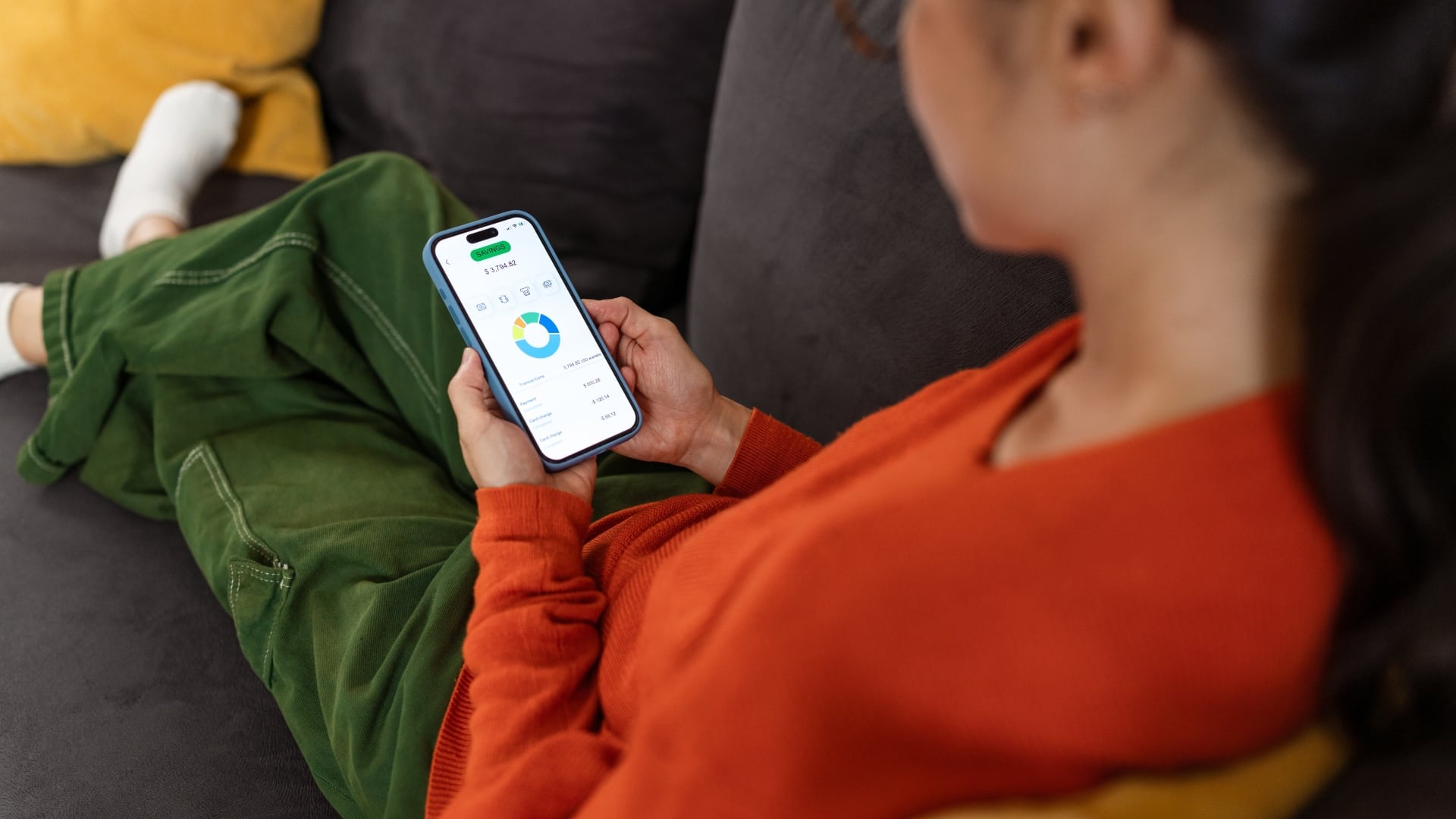It should have been easy for HBO Max to launch in 2020. All it had to do was build on the high-quality brand of HBO and expand to more mainstream audiences.
But WarnerMedia's streaming service, which launched on Wednesday with 10,000 hours of content for $15 a month, now exists in a world no analyst could have predicted. The coronavirus has halted almost every business, putting the media world into a tailspin as production schedules get upended, ad sales decline, and in-person logistics teams transition to remote work.
Despite all the setbacks, the pandemic may turn out to be a boon for the latest streaming platform.
"The current climate we're in has accelerated cord-cutting and increased streaming in a major way," said Innovid co-founder and CTO Tal Chalozin.
As Americans navigate an unsure economy and spend an unprecedented amount of time at home, they're also cutting their cable bills. The top cable and satellite operators suffered their largest quarterly subscriber loss during the first three months of 2020, a total of two million accounts. Much of this was fueled by businesses like hotels and bars canceling their subscriptions, while the dearth of live sports made many homes rethink their bills.
The cord-cutting trend existed before the pandemic and is part of the reason for the bet AT&T made in 2016 when it announced its intent to acquire Time Warner. About three-quarters of 18 to 34-year-olds that have a screen for TV viewing have never had cable, have already cut the cord, or are planning to cut the cord, according to ad tech firm The Trade Desk, and 18 percent of those who still have a cable subscription say they will cut the cord by the end of 2020.
As more audiences moved away from traditional paid television over the years, AT&T found its cable and satellite revenue in limbo. It decided to pivot to the streaming future, with HBO Max as its crown jewel. AT&T projected the premium service would reach 50 million subscribers by 2025 and bring in $5 billion in revenue. HBO currently has about 34 million domestic subscribers, according to Barrons.
At launch, HBO Max doesn't have to bring in an all-new subscriber base. Many HBO subscribers will get the service for free. There is also a discounted $11.99 rate for those who don't have HBO already.
"I think that in the streaming wars — at least the early 'acts' of each service — the 'brand' plays a massive role," Chalozin said. "That refers to both the brand of the shows, as well as the brand of the platform itself. HBO Max wins big on both."
While the pandemic upended production schedules for big draws like the Friends reunion special and a reboot of Gossip Girl, the platform has a handful of original series on day one. The Not So Late Show with Elmo, voguing reality competition Legendary, and Love Life starring Anna Kendrick are all available to stream.
"Original programming is obviously less than they expected at launch," research firm LightShed Partners partner Rich Greenfield said. "That said the library is vast. Friends and Big Bang [Theory] alone can keep you busy for months, and it looks like a lot more library will flow in over the coming weeks."
That may be another feather in HBO Max's cap. The subscription service will have libraries of hit shows like "Friends," "The Fresh Prince of Bel-Air," "South Park" and "The Big Bang Theory," alongside the Harry Potter film series. It will also have content from other WarnerMedia companies like anime service Crunchyroll, which will add "Fullmetal Alchemist: Brotherhood," "Re:ZERO -Starting Life in Another World-(Director's Cut)," and "Keep Your Hands off Eizouken" as well as its original series "In/Spectre" to the fold.
"Obviously the new series are important in the sense that they get people a reason to come back, but the catalog is absolutely critical to make sure there's a reason to hang out for a while," Crunchyroll head of global partnerships and content strategy Alden Budill said. "That effect is really exaggerated at the moment. Everyone is home and consuming a lot of content."
HBO Max may face an uphill battle, though, against streaming-fatigued audiences. Stuck at home for weeks, people turned to TV and movies to escape from grim reality. Now, they are growing restless. Total TV usage during the week of May 4 through May 10 is down 2 percent from the week prior, with internet-connected device viewership dropping 6 percent per Nielsen. Netflix hinted during its latest earnings it expected viewership to drop as people decided to turn off the television and venture outdoors.
But even with life resuming, enough is still closed that people will want to watch, LightShed's Greenfield said.
"Even with reopening, (there's) still a lot more people with free time," Greenfield added. "Summer camps canceled, vacation travel reduced, etc. More time to stream video for sure, and lots of kids content on HBO Max."



